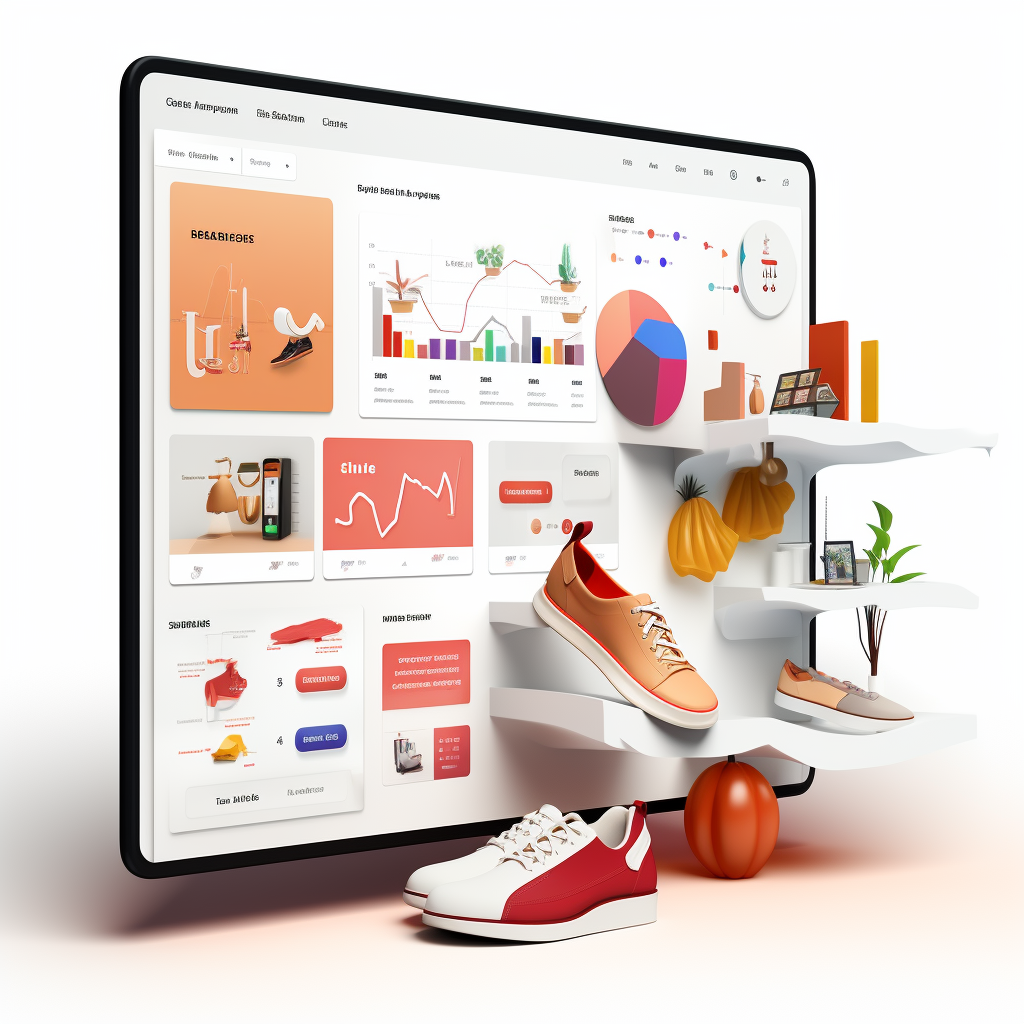Product classification is a group methods that enable (usually automated)
assignment of products to one or more pre-specified classes or categories.
It is most often used in ecommerce setting, e.g. for allowing clients easier
search on online stores. It can also be used for other purposes, e.g. allowing
classification of complete websites/businesses based on
the categories of products that they are selling.
What are the possible ways of classifying products?
There is no unique way of categorizing products. In fact, many e-commerce
retailers use their own definitions, which are also called product taxonomies.
Different taxonomies differ from each other both in categories used as well as
in the number of Tiers or depth of their categorizations.
Here is an example of classification for a tube used in aquarium with Google
taxonomy:
Animals & Pet Supplies > Pet Supplies > Fish Supplies > Aquarium & Pond Tubing
In this case, there are 4 Tiers available for the categorization of this
product, from general ones like Animals Pet Supplies to a more detailed one
- Aquarium & Pond Tubing.
When classifying this product with Facebook
taxonomy, it would be a little bit different:
pet supplies > pet feeding & watering suppliesExamples of classifying products using our tools
To show you the classification of products in practice, let us use our own tool. As first example, let us take the following description of a bird house:
A bird house is a nesting box for birds, which is often designed to resemble a human house. Bird houses are commonly used by people who want to attract birds to their property or backyard.
and send it to our classifier tool. This is the result:
You can see that our machine learning model not only correctly predicts the
category: /Home & Garden/Decor/Bird & Wildlife Houses
but also provides the "explanation" for why it decided for given category.
The words that most contributed to given categorization were "house",
"nesting", "houses", "box", "bird", "birds".
This ability of AI to explain its classification is also known as AI
Explainability (XAI). It is becoming an important part of implementation of
AI solutions, as in many areas, such as banking, regulators increasingly
require that
any decisions that affect humans should be explainable to them.
So if one goes to the bank to apply for a bank loan and is rejected by a
some machine learning based software, then this decision must be explained
in human understandable terms.
Example of regulation that promotes XAI is GDPR.
Why is classification of ecommerce items important?
One important benefit is that it allows users to find desired products more
quickly, thus improving user interface experience. This leads to higher
satisfaction and higher probability that the user will return to the website
and thus purchase again in a repeat business. Finding products quickly also
means better conversion for the online store.
Another way that the UI experience is improved is if online store implements
filtering based on products categorizations which is alternative way of
finding products, as compared to search queries.
Moving on from on-site benefits, a significant advantage of product
categorization is its impact on search engine rankings. Categorization
keywords improve the relevancy of webpages to the search engine ranking
algorithms and may thus lead to higher rankings and more visits from search
engines.
When online store implements a separate set of webpages where the products
are listed grouped by categories, then these subpages will be indexed in
search engines and represent additional ways for customers to find the
website.
Marketing is another interesting area of application of E-commerce
classification. Let us say that an E-commerce platform notices that you just
purchased an item in category of Mobile Phones Accessories. Then it can show
you other items in that segment that may also be interesting to you.
Having your product catalogs categorized properly allows for building more
detalied hierarchy and from this better navigation menus.
Product classification database
In addition to free tool for categorizing products, one of our services
is also the offering of product classification database, which is an
offline database of 1+ million online shops classified in several Tiers,
according to E-Commerce Taxonomy.
Our product classification database can be used in many use cases:
internal applications, Saas platforms, consulting and market
reports/research. Please contact us for more information on our offline
database.










